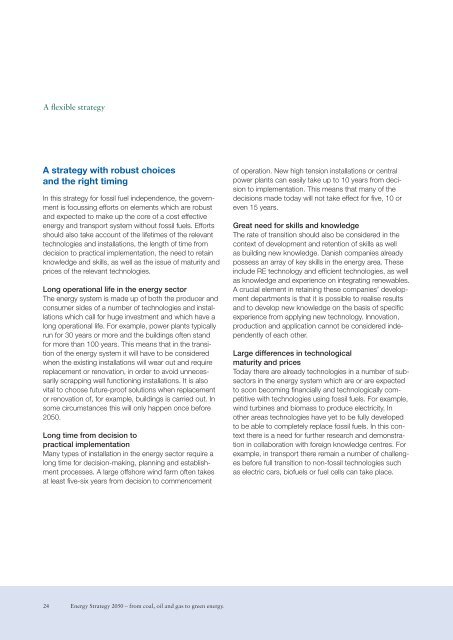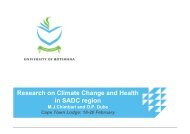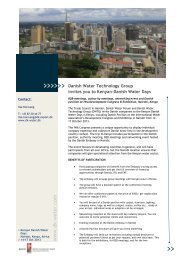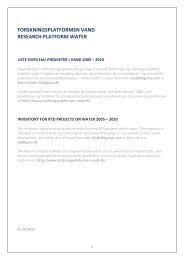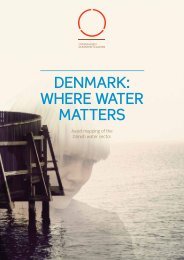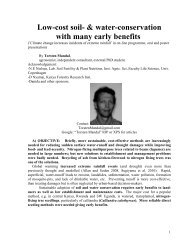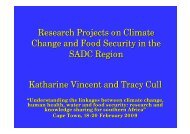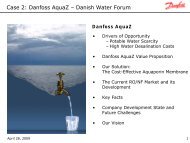energy strategy 2050 - Energy Europe
energy strategy 2050 - Energy Europe
energy strategy 2050 - Energy Europe
You also want an ePaper? Increase the reach of your titles
YUMPU automatically turns print PDFs into web optimized ePapers that Google loves.
A flexible <strong>strategy</strong><br />
A <strong>strategy</strong> with robust choices<br />
and the right timing<br />
In this <strong>strategy</strong> for fossil fuel independence, the government<br />
is focussing efforts on elements which are robust<br />
and expected to make up the core of a cost effective<br />
<strong>energy</strong> and transport system without fossil fuels. Efforts<br />
should also take account of the lifetimes of the relevant<br />
technologies and installations, the length of time from<br />
decision to practical implementation, the need to retain<br />
knowledge and skills, as well as the issue of maturity and<br />
prices of the relevant technologies.<br />
Long operational life in the <strong>energy</strong> sector<br />
The <strong>energy</strong> system is made up of both the producer and<br />
consumer sides of a number of technologies and installations<br />
which call for huge investment and which have a<br />
long operational life. For example, power plants typically<br />
run for 30 years or more and the buildings often stand<br />
for more than 100 years. This means that in the transition<br />
of the <strong>energy</strong> system it will have to be considered<br />
when the existing installations will wear out and require<br />
replacement or renovation, in order to avoid unnecessarily<br />
scrapping well functioning installations. It is also<br />
vital to choose future-proof solutions when replacement<br />
or renovation of, for example, buildings is carried out. In<br />
some circumstances this will only happen once before<br />
<strong>2050</strong>.<br />
Long time from decision to<br />
practical implementation<br />
Many types of installation in the <strong>energy</strong> sector require a<br />
long time for decision-making, planning and establishment<br />
processes. A large offshore wind farm often takes<br />
at least five-six years from decision to commencement<br />
of operation. New high tension installations or central<br />
power plants can easily take up to 10 years from decision<br />
to implementation. This means that many of the<br />
decisions made today will not take effect for five, 10 or<br />
even 15 years.<br />
Great need for skills and knowledge<br />
The rate of transition should also be considered in the<br />
context of development and retention of skills as well<br />
as building new knowledge. Danish companies already<br />
possess an array of key skills in the <strong>energy</strong> area. These<br />
include RE technology and efficient technologies, as well<br />
as knowledge and experience on integrating renewables.<br />
A crucial element in retaining these companies’ development<br />
departments is that it is possible to realise results<br />
and to develop new knowledge on the basis of specific<br />
experience from applying new technology. Innovation,<br />
production and application cannot be considered independently<br />
of each other.<br />
Large differences in technological<br />
maturity and prices<br />
Today there are already technologies in a number of subsectors<br />
in the <strong>energy</strong> system which are or are expected<br />
to soon becoming financially and technologically competitive<br />
with technologies using fossil fuels. For example,<br />
wind turbines and biomass to produce electricity. In<br />
other areas technologies have yet to be fully developed<br />
to be able to completely replace fossil fuels. In this context<br />
there is a need for further research and demonstration<br />
in collaboration with foreign knowledge centres. For<br />
example, in transport there remain a number of challenges<br />
before full transition to non-fossil technologies such<br />
as electric cars, biofuels or fuel cells can take place.<br />
24<br />
<strong>Energy</strong> Strategy <strong>2050</strong> – from coal, oil and gas to green <strong>energy</strong>.


